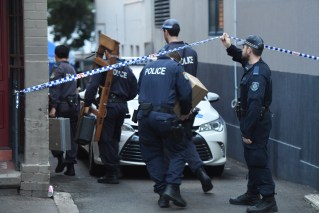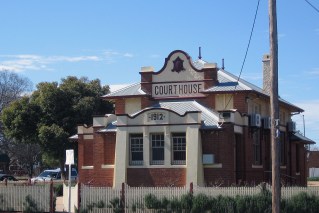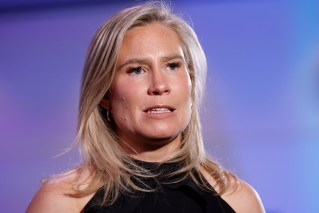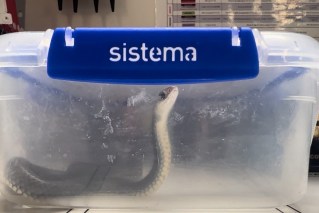Ernst and Young report suggests green stimulus to lift badly hit regional economies
A report has identified Australia’s local government areas worst affected by the coronavirus pandemic and modelled the impact of green stimulus measures, saying they could create 50,000 jobs nationally over four years.
Tourist hotspots like Port Douglas in Queensland, Spring Bay in Tasmania, the Snowy Monaro region in New South Wales as well as Coober Pedy and Kangaroo Island in South Australia were marked as some of the areas hit hardest in the nation.
Shark Bay and Broome in Western Australia, and the Surf and Bass Coasts in Victoria were also found to be feeling the pinch.
The Ernst and Young (EY) report modelled the effect of a scalable government stimulus investment of between $500 million and $4 billion.

Port Douglas has been badly affected by the pandemic. Photo: Getty
It found funding geographically targeted landcare and conservation programs could raise economic output by up to $5.7 billion while avoiding up to $620 million in welfare costs.
The report, titled Delivering economic stimulus through the conservation and land management sector, found even a lower-end $500 million “impulse” spend on worst-hit zones could avoid an extra $80 million spent on JobKeeper.
Jobs funded under the proposed stimulus package could include the management of environmental threats through pest control, funding for Indigenous rangers, as well as native revegetation programs, building fences, repairing infrastructure after bushfires, and for local councils.
The report noted a key strength of this type of investment: “The ability to temporarily transfer workers who have lost their job into different industries may prevent displacement of people to other regions.”
The proposed jobs were also noted as being largely COVID-safe because of their physical nature.

The Diamond Island Nature Reserve in Tasmania’s Glamorgan-Spring Bay. Photo: Getty
The report estimated nearly 70 per cent of the roles in such a program could employ workers with no experience in the conservation and landcare sector.
National Landcare Network chief executive Jim Adams said the report showed the spending could help regional communities.
“The labour-intensive nature of the work, combined with low capital costs, results in a high proportion of investment flowing to the employees and contractors delivering the work and, in turn, to their families and businesses in their local community,” Mr Adams said.
A collection of landcare and environmental groups commissioned EY to independently assess the proposed stimulus, on behalf of 70 farming and conservation organisations, including the National Farmers Federation (NFF) and Conservation Council, who backed the plan.
‘Hotels, pubs hit hardest’
Jayden Hay, an IT worker in Coober Pedy, said he had seen a huge drop in his work since the pandemic and he was not the only one.

Many of Jayden Hay’s clients are local Coober Pedy businesses.
“Most people who are out of work are focused on the tourism industry,” he said.
“Hotels and pubs; those have been hit the hardest and the work hasn’t been very steady.”
Mr Hay said he thought many people in the town would jump at the opportunity for paid work, even if they had not worked in landcare before.
The federal government says it is open to considering the measures.
LGAs hit hardest by COVID-19
NSW: Snowy Monaro, Upper Murray, Richmond Valley, Kiama-Shellharbour, Lower Hunter
Victoria: Surf Coast, Bass Coast, Stonnington-East, Yarra, Hume
Queensland: Douglas, Whitsunday, Isaac, Cassowary Coast, Livingstone, Diamantina, Burke
WA: Albany, Denmark, Augusta-Margaret River, Busselton, Wyndham-East Kimberley, Broome, Shark Bay, Exmouth
SA: Kangaroo Island, Yankalilla, Adelaide Hills, Lower Eyre Peninsula, Whyalla, Flinders Ranges, Coober Pedy
Tasmania: Waratah-Wynard, George Town, Clarence, Glenorchy
NT: Victoria Daly, Tiwi Islands, West Arnhem, East Arnhem, Katherine, Roper Gulf, Darwin suburbs
–ABC








